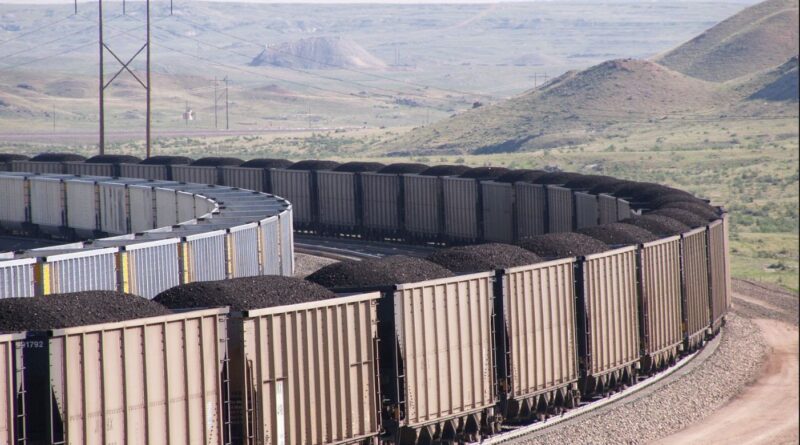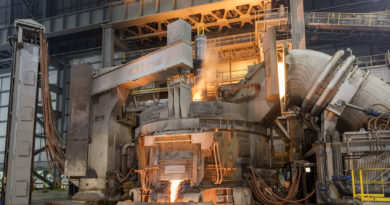EU to ban Russian coal from August 2022, followed by ban on oil products
The war in Ukraine is transforming energy and commodity markets. Oil prices are constantly above US$100/bbl and diesel has been at record premiums to crude, while global gas/LNG and coal prices are trading at all-time highs of up to four times their previous 10-year average. Commodity price volatility to-date since Russia’s invasion of Ukraine, however, has been the result of self-imposed sanctioning and fears of supply loss. The imposition of total bans on Russian imports will only amplify this.
Low-intensity conflict in Ukraine drags on for years, keeping tensions high between Russia and ‘the west’. The European Union will ban Russian coal from mid-August 2022. This will be followed by the European Union’s ban on most oil and refined products by the end of the year.
Banning Russian metals will increase energy transition costs, but Europe is unlikely to allow exceptions. We assume an EU ban by the end of 2023. A sudden ban on gas would usher in recession for Europe. But through its REPowerEU plan to accelerate renewables, manage demand and add LNG import infrastructure, the EU could press for an earlier ban; we assume end 2024.
Asia is split. Japan and South Korea will follow Europe (and the US) and ban Russian commodities. China and India will look to benefit from discounted Russian imports, but pragmatism will rule – both will want to maintain good relations with key export markets. GDP growth will slow and, in tandem, global energy demand.
Oil and refined products: a global reshuffle, but limited net loss Russia’s oil exports have continued to flow, though buying patterns have shifted. Even with an EU ban on most Russian crude and refined product imports by the end of the year, we expect the global market can handle this without an extreme effect on oil and refined-product supply and prices.
The EU and UK imported 2.4 million barrels per day (b/d) of Russian crude in 2021, but a myriad of self-sanctions and embargoes have already prompted buyers to for alternatives. Russia has successfully enticed buyers elsewhere to import discounted cargoes. In April, its exports to India increased by 750 kb/d. Consequently, an outright ban on EU Russ ian imports merely accelerates a reshuffling of the crude and refined products trade that has already started.
Perhaps the biggest risk to long term Russian oil production is the loss of access to western partners, technologies and services. Russia needs to keep its oil and gas flowing. With limited access to capital and drilling technology, our analysis suggests that by the end of this decade Russian oil production could be two million b/d lower than our pre-invasion outlook.
And by this time, Russia’s refining runs could be down by 500 kb/d, reducing diesel/gas oil exports by only 165 kb/d, holding up at 85-90% of our previous estimate. Unlike crude oil, diesel exports will remain broadly stable over the decade.
Whether these losses in supply will heat up the global market by the end of the decade will ultimately depend on demand. Higher prices and slower economic activity are already denting demand growth expectations. The analysis suggests 2030 global oil demand could be a full 2 million b/d lower than our pre-invasion forecast. But while lower demand will temper market tightness, prices will remain lofty: a new, less efficient, trade equilibrium means prices will stay at present levels before coming down. Further out, prices will still be higher than the pre-war view, with Brent only pulling back towards US$85-90/bbl by 2025 and European refining margins remaining higher through to 2030.
Perhaps the biggest risk to long term Russian oil production is the loss of access to western partners, technologies and services.




